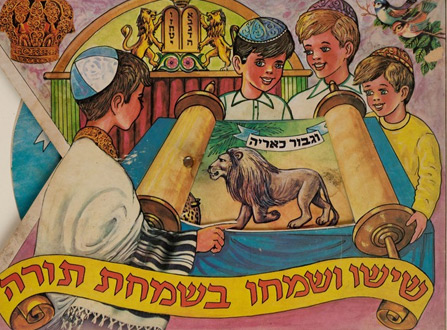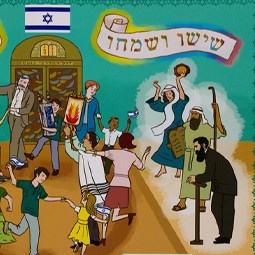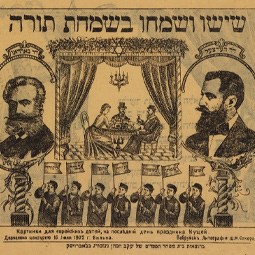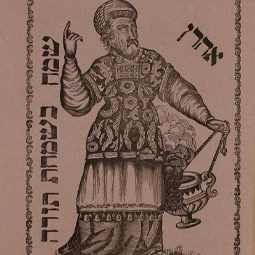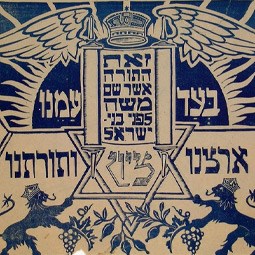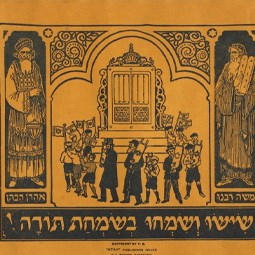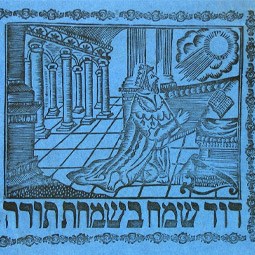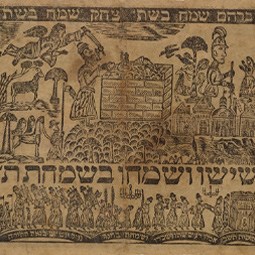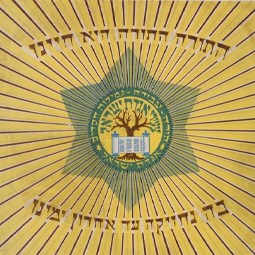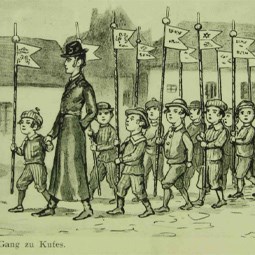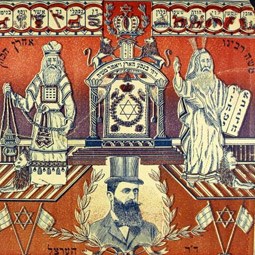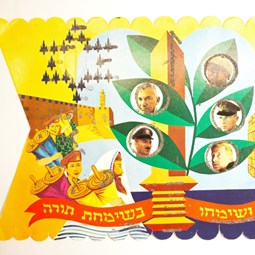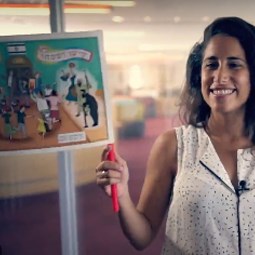Simchat Torah
Simchat Torah is a Jewish holiday that begins on the 22nd of Tishrei (outside of Israel it begins on the 23rd), the day after the last day of the Sukkot festival. The holiday celebrates the end of the annual Torah reading cycle, which consists of 54 portions, and the beginning of a new cycle, starting with the first reading, Genesis (Bereshit). On this day, it is customary to dance and sing with the Torah scrolls in the synagogue.
The holiday is mentioned in the Torah as Shemini Atzeret, though the biblical text does not note any particular commandments. The holiday’s new character as well as its name— Simchat Torah ("Rejoicing with/of the Torah") —were adopted after the sages of Babylon instituted the annual Torah reading cycle. Over the generations, the annual reading cycle was adopted in the Land of Israel and in the Diaspora, and the name Simchat Torah took root alongside Shemini Atzeret.
Simchat Torah Commandments and Customs
The holiday’s main custom is the Hakafot, in which worshippers circle the synagogue with the Torah scrolls on the eve and morning of the holiday, a custom that probably began in the 16th century and has since spread to most Jewish communities. It is customary to remove the Torah scrolls from the ark, and carry them in a joyous procession around the bimah, the synagogue's main platform from where the Torah is read, to the accompaniment of singing and dancing. Many communities customarily complete seven circles.
On Simchat Torah, it is customary to honor worshipers with an aliyah to the Torah (a congregant is called to the bimah to recite one of the blessings for the reading of the Torah). Children’s participation is specially emphasized. In order to endear the Torah to them, children often receive small Torah scrolls, special flags, snacks and surprises on the holiday. Another custom, Aliyat Kol HaNe’arim, invites all of the congregation's boys up to the bimah, where they gather under a tallit and recite the blessing of HaMalakh HaGo’el ("The Redeeming Angel).
In Jewish tradition, the Torah is likened to a bride and the people of Israel to a bridegroom, and therefore it is customary to call the reader who completes the annual reading the Hatan Torah, (lit. "Bridegroom of the Torah") and the reader of the first Torah portion of the new cycle the Hatan Bereshit (lit. "Bridegroom of Genesis"). The roles are usually given to persons the community wishes to honor, and the grooms often host a kiddush (a light meal) for the entire community afterward.
In Israel, it is customary to hold second Hakafot on the eve of the holiday’s ending, during which Torah scrolls are taken out of synagogues with participants often dancing in public places with the scrolls to the sounds of music and singing.
Simchat Torah at the National Library
The National Library contains many materials related to Simchat Torah celebrations among the various Jewish communities in Israel and around the world. Along with special printed and manuscript editions of the various versions of the “Seder Hakafot” (the order of the processions with the Torah), the Library also preserves decorative Simchat Torah flags and small Torah scrolls carried by children during the processions, in addition to photographs, posters, books and articles. In the National Library sound archives, one can listen to poignant recordings of Hakafot from Israel’s various ethnic communities.

 Sign in with Google
Sign in with Google
 Sign in with Facebook
Sign in with Facebook
